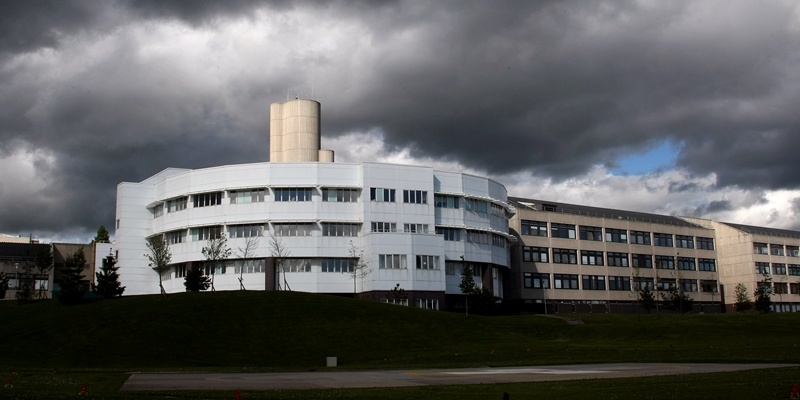The anguished parents of a baby who died just nine days after being born have said they will always be left wondering if their child could have lived.
Kelly Wood and Raymond Kennedy faced an agonising decision to turn off Daisy’s life support when complications during labour resulted in her suffering brain damage.
As we reported on Thursday (link), NHS Tayside has been forced to apologise to the Coupar Angus couple after Scottish Public Services Ombudsman (SPSO) Jim Martin ruled there had been ”an overall failure” by midwifery staff at Ninewells Hospital.
He did clear staff of failing to diagnose quickly enough the condition that left the baby’s brain starved of oxygen, but said Ms Wood had been ”robbed of the chance to be a mother.”
Ms Wood has now spoken of her heartbreak, saying: ”Nobody can comprehend what it’s like to lose a baby. It’s the worst feeling in the world. You’ve been carrying that baby for nine months and then you’ve got nothing.
”Everybody is so looking forward to a baby and the next thing you know you are planning a funeral.”
The SPSO began an investigation after Ms Wood raised concerns that she had not received the appropriate level of care and treatment when she attended the hospital to deliver her baby.
Complications during labour resulted in a prolapsed cord, which occurs when the umbilical cord comes before the baby’s head, effectively starving the child of oxygen.
Since the tragedy in March 2010, Ms Wood said she had been left blaming herself and wondering whether she could have done something to prevent the death of her daughter.
However, in the report published by the SPSO on Wednesday, Mr Martin identified a number of failings from hospital staff, including that they did not listen to her concerns during labour.
During labour, Ms Wood was asked by a midwife to get out of bed while they cleared up a discharge of amniotic fluid.
The SPSO’s investigation, however, recorded that the events that followed led the mum-to-be to question the appropriateness of this advice.
Mr Martin believes that this could have contributed to, or even worsened the prolapsed cord and added that Ms Wood’s concern that something more had happened had been ignored.
Shortly after her traumatic birth, Daisy was rushed to Yorkhill Children’s Hospital in Glasgow for specialist treatment. Sadly, the damage caused by oxygen deprivation during labour was so severe that Ms Wood and Mr Kennedy could only return to Ninewells to watch their daughter die.
”When we returned to Dundee, we had to take a decision to turn off the ventilator which is the hardest decision I’ve ever had to make in my life,” added the distraught mum. ”I never want to go through that again.”
Mr Kennedy said he knew the experience would either cause the couple to split or create an unbreakable bond between them. They have since had son Alfie, who is now five months old, but say they still feel the effects of the loss of their firstborn child.
”We don’t know if we’ll take any further steps like legal action, but what we really wanted to do with the complaint was to prevent other people from having to go through what we went through,” said Mr Kennedy.
In the SPSO report, Mr Martin stated that the birth, on March 18 2010, should have received ”careful and cautious consideration and should have been acted on in good time” due to difficulties surrounding it.
NHS Tayside said it accepted the findings and had made arrangements to ensure the lesson learned ”is fed back to staff via supervision of midwifery processes and by means of direct communication with midwives.”
